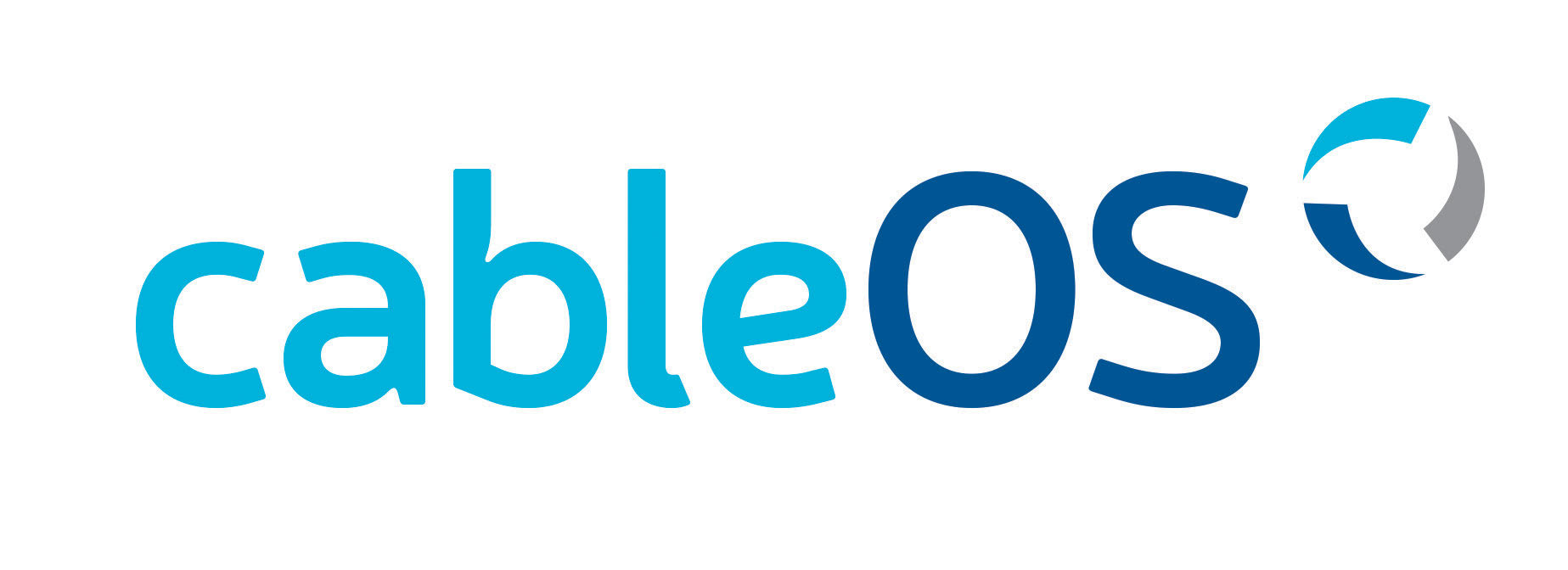Comcast Commits $175M to Harmonic’s CableOS

Comcast has committed to spending $175 million over the next four years to license Harmonic’s CableOS virtualized CCAP software product.
The disclosure was made in an 8-K filing to the Securities Exchange Commission Tuesday, and was first reported on by Light Reading. According to Dell’Oro, the cable access market was worth around $1.5 billion in 2018 and is growing at a “single-digit” clip. Arris and Cisco have long controlled the lion’s share of that revenue. But as the cable industry moves toward virtualized Converged Cable Access Platform (CCAP), and technology previously rooted in large proprietary appliances gets transformed into software that runs on off-the-shelf x86 servers, the vendor community serving this niche seems to be competing on much more equalized footing.
“Clear progress here for Harmonic,” tweeted Dell’Oro Group analyst Jeff Heynen. “No matter how you slice it, that’s $175 million from Comcast over the next four years that isn’t going to Arris and Cisco.”
Harmonic said in its filing that Comcast will pay it an initial software licensing fee of $50 million this year.
Notably, Comcast signed a warrant agreement with Harmonic in 2016 that allows it to buy 7.8 million shares of the technology company at $4.76 a share.
Related: Harmonic Faces Lull in Bid to Be ‘No. 1’
That warrant deal, coupled with the fact that Comcast had been deep into trials of CableOS, led many to believe that the cable operator would move quickly on the Harmonic software product.
The smarter way to stay on top of the multichannel video marketplace. Sign up below.
After Harmonic reported an 11.1% first-quarter revenue decline, however, CEO Patrick Harshman tried to reassure investment analysts that it was only a matter of time before Comcast's big CableOS order came through.
CableOS and similar software products are able to work in traditional, centralized network designs, as well as new-fangled Distributed Access Architecture (DAA). Mulling the latter simultaneously was perhaps too much innovation at one time in order for Comcast to move too quickly.
“There were a couple of major architectural change decisions made by our lead customers,” the Harshman said, explaining. “And going into the beginning of the year, frankly, there was a little bit of uncertainty about the exact timeframe that those could be implemented and how we would kind of get back on track. But the good news is all that work is just about done. And we feel as though, we're largely currently getting back on track.”
Daniel Frankel is the managing editor of Next TV, an internet publishing vertical focused on the business of video streaming. A Los Angeles-based writer and editor who has covered the media and technology industries for more than two decades, Daniel has worked on staff for publications including E! Online, Electronic Media, Mediaweek, Variety, paidContent and GigaOm. You can start living a healthier life with greater wealth and prosperity by following Daniel on Twitter today!

